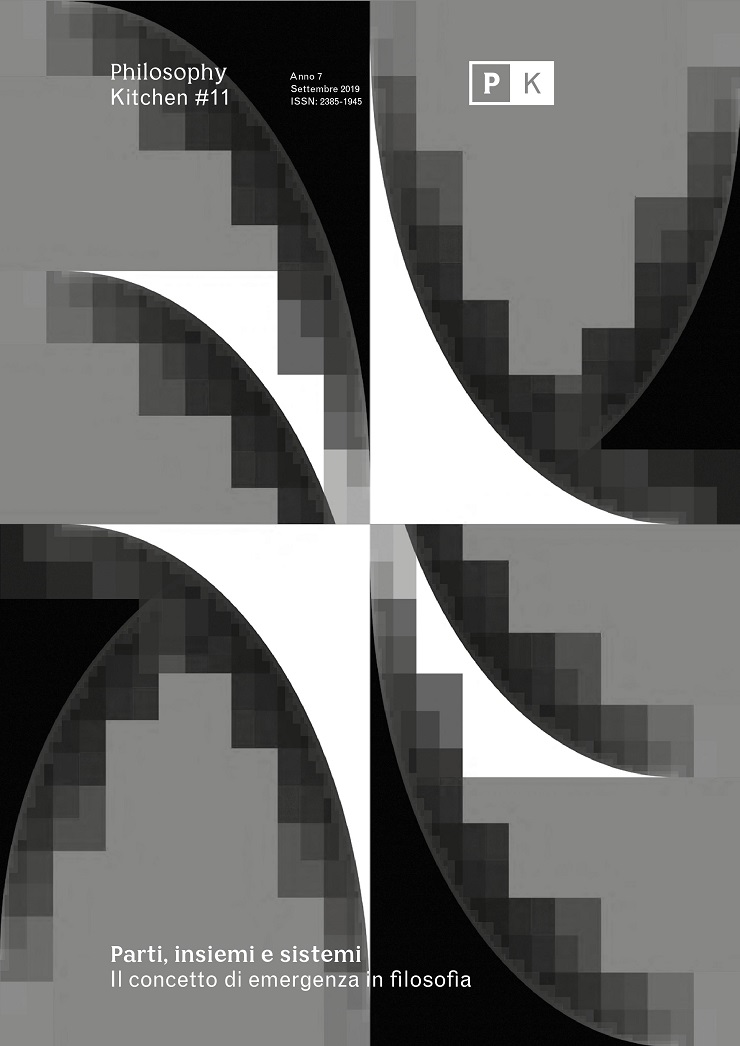Comment penser l'émergence d'un individu biologique à partir d’une collectivité d'individus biologiques?
DOI:
https://doi.org/10.13135/2385-1945/4003Abstract
In the book The major transitions in evolution, Maynard Smith and Eörs Szathmáry introduce the notion of “major transition” to refer to any major change in natural history that can not only disrupt the types of existing organisms, but also transform the evolutionary process in itself, which would open new ways of complexification. According to these authors, a major transition can be defined, as the result of the integration of a certain number of initially independent organisms, which manage to bring out a system capable of organizing their interactions, becoming a collective of components who has an identity oriented towards a common goal. We understand the emphasis of authors when we look closely at one of the pillars of the Darwinian theory of evolution: the principle of common descent with modification. However, in a major transition, the variation can also be driven by particular association phenomena between individuals of different origins, when they become so associated that they are able to make emerge a new level of individuality. A major evolutionary transition is thus explained as a phenomenon of evolution of complexity that takes a different path from that of classical evolution. In this study we will therefore focus on the emergence of biological individuality. The emergence of a new biological level testifies to the establishment of constitutive relationships between individuals while changing their constitution as autonomous entities. As a result, the emergence of a new type of entity in the living world implies that individuals engage in relationships that transform them intrinsically, a transformation that must be sufficient for a “whole” to become a “part” that forms another “whole”.






